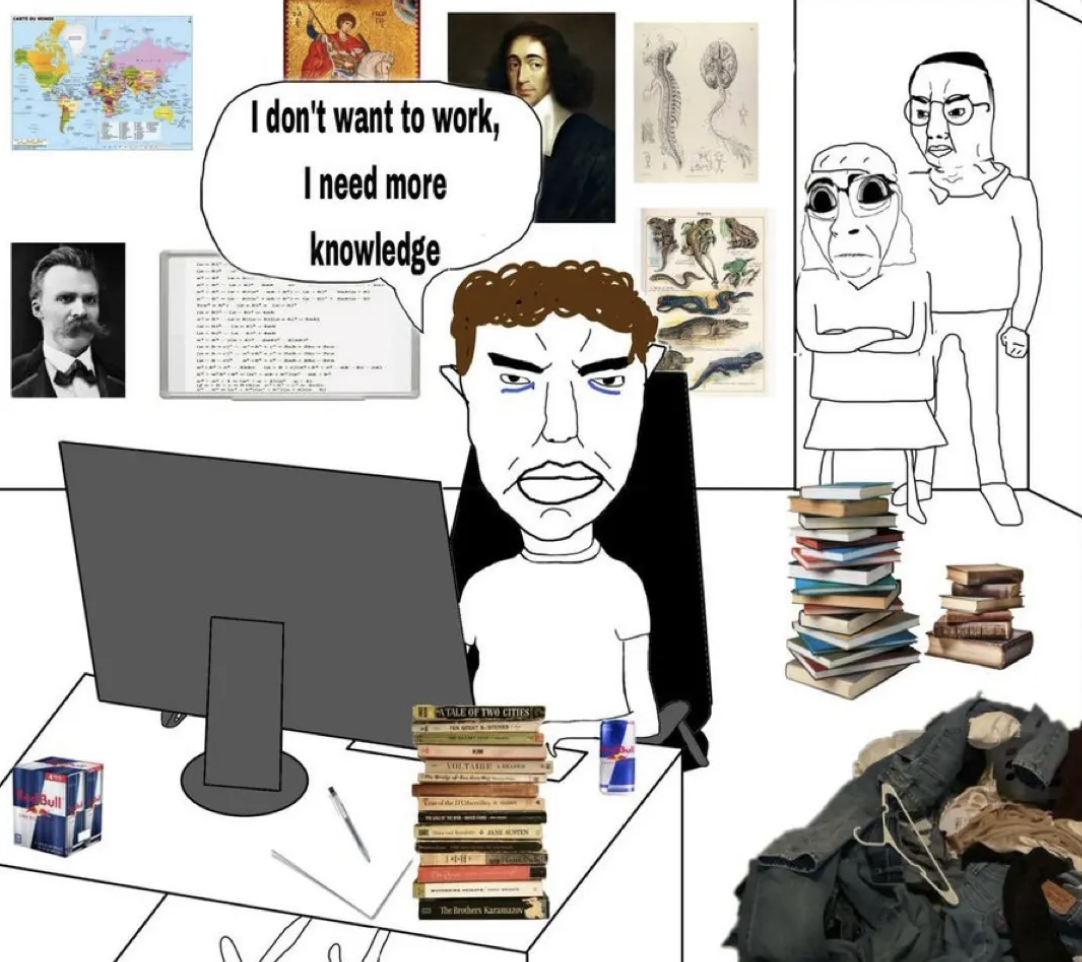When Lucy Larcom left her rural hometown for Lowell, she found work as a "doffer," replacing empty bobbins, at a textile mill. On evenings and weekends, she began writing poems and honing her craft as a self-taught writer. After ten years of working in mills and writing on the side, Larcom’s work began to appear in Harpers and The Atlantic. She earned the respect of top academics, became friends with the greats of her time like John Whittier, and created a new movement for self-taught creators and entrepreneurs.

“Some of their wages went to help parents with mortgage payments or brothers with school fees, but most ‘mill girls’ worked to accomplish personal goals.”
For centuries, each Industrial Revolution sees new technologies and new economic opportunities for anyone who is ready to roll up their sleeves — where we live, how we make money, and ultimately our contribution to mainstream culture happens at the intersection of work and life.
In the first Industrial Revolution, Lucy and her contemporaries had to leave home to find prosperity. Although Lucy was able to find time to hone her craft, many were relegated to a lifetime of factory work. Although it’s been over 185 years since Lucy left her farm behind, not much has changed.
When many think of the Industrial Revolution, they think of Lucy Larcom in a textile mill. But our pre-COVID world was part of a new Industrial Revolution, a fourth one, when workers commuted long distances to an office. Although remote work was gaining in popularity before the pandemic, the majority of workers were still traveling to an office and spending a large percentage of their day in meetings.

Prior to the COVID-19 lockdowns, 93% of workers in the U.S. were visiting an office each day. And yet, 99% of workers had a strong desire to work from home at least some of the time.
In the 1980s and 1990s, we saw the rise of corporate culture:
- Office parks
- Cubicles
- Meetings
- Long hours
Those were the social norm for workers aspiring to climb the corporate ladder.
In the 2000s to 2010s, corporate culture took a more relaxed approach by introducing a casual dress code, free lunches, and more “culture” events such as extravagant team happy hours, improv classes, and private events with celebrity performers (à la Beyoncé’s ‘pay me in equity’ moment where she negotiated $6 million in equity to perform for Uber employees in Las Vegas).
At its peak, cool office culture saw young talented workers flocking to cities like San Francisco where landlords converted garages into $5,000+ per month rentals for tech workers eager to break into the industry.

According to Bloomberg, extreme commutes (defined as longer than 1.5 hours per day) rose by nearly 95% during the 1990s. Angela Barber, a legal secretary working in Hagerstown, Md., left her house at 5:15 am to embark on a two hour commute every day. She told the Washington Post that she couldn’t afford to move or leave her job. This environment gave birth to cultural touchstones such as Office Space and The Office, which poke fun at long commutes, pointless meetings, and forced fun.

As COVID-19 sent many workers home to a world of Zoom calls, family responsibilities, and home office spaces, a new Industrial Revolution is beginning to take place, one that’s happening at home.
Gone are the days of scouring professional networking sites for jobs. Instead, many comb the internet for remote work tips to complement their DIY ethos.

The next wave of entrepreneurs will form and build their ideas from kitchen tables and home offices with spouses, family members or find co-founders entirely virtually. It’s hard to imagine that workers will ever resign themselves to “extreme commuting” again. Instead, we’re entering a new era where individuals have more power than institutions: the corporate era is over and anyone can start the business of their dreams.
The next decade will see new types of builders:
- couples who join forces,
- founders with an eye for good design,
creative hackers who find distribution by building what's clever and niche, but not obvious for large companies.

The New American Dream is anything but a traditional 9-5 sandwiched between two commutes in a car or on a wifi-enabled shuttle to a corporate office park. Instead, we want a life where we can express ourselves creatively and build something with purpose and meaning. In the wake of COVID, this dream has only accelerated.
My vision for Worklife began when I discovered the New American Dream in early 2019. Creative expression, online influence and extreme optionality ie: remote work, calendar flexibility and the ability to start your own business from anywhere was changing how Americans define success.
The end of offices in the new Industrial Revolution
COVID has sent so many of us home from typical office arrangements, and many have realized how much these environments stifle our potential and limit our contribution to society.
For many of us, the end of offices has highlighted something far more existential.
The more time we spend in the same asynchronous docs and meeting for the sake of meeting, the more we hate our jobs and will choose more creative and meaningful work. Remote workers spent 157 more hours in unnecessary meetings compared to last year. And, missing these meetings isn’t often an option, as meeting culture creates a fear of being left out and face time becomes a proxy for personal contribution to your company.
As workers increasingly recognize the benefits of working from home and the downsides of working for a corporation, many will opt to start location-independent businesses of their own. After all, for years we’ve molded our lives around physical locations:
- Where we work
- Where we get our haircut
- Where we grocery shop
- Where we send our children to daycare
These places not only require substantial capital, but also confine people to a single space.
For example, Toby and Mags—a quirky couple that go by the name Elevated Weirdo—started a popular vintage store prior to COVID. Although the shop was created with vintage fairs and physical popups in mind, the couple realized they could make a bigger splash if they launched a high energy show with global reach on Popshop Live, which today attracts stars and fashion influencers like Paris Hilton.

New technologies in the industrial revolution are rapidly changing how individuals start the business of their dreams from anywhere. Cashdrop, Popshop, and Webflow coupled with well-crafted Instagram snaps, viral TikTok videos, and quality YouTube content have given local small business owners access to customers globally, helping to lower operating costs by removing the need for physical real estate.
In the new Industrial Revolution, we’re all wired to create
While the creator economy is a popular theme bubbling up in tech circles, it’s not new.
As humans, we’ve always been wired to create. Just like Lucy Larcom felt the need to write poetry, there have always been creatives looking to share their art with the world.
The difference today? Creatives can win friends, influence people, and break the internet—all from their living room. Creators not only have platforms that allow them to reach people on a massive, global scale, but they also have a host of new technology in the industrial revolution to tap into to make their business dreams a reality.
Now, Cashdrop has removed the need for a site entirely, as small businesses like food trucks and farmer’s markets can be built entirely from your phone. Full-blown startups, creative agencies and creative projects start on Webflow– the community of 100,000+ professional designers openly sharing their work so anyone can build a beautiful experience on top of their original designs.

As I was digging into the future of small business with Worklife-backed company Cashdrop, I realized almost all Craigslist, Facebook Marketplace, or Thumbtack posts could be stand-alone creative small businesses. Many creatives are selling an array of goods with no room to style the post or curate the experience.
For example, anyone selling plants could easily build The Sill, a premium site for buying potted plants in NYC, with a no-code website on Webflow and live 1:1 courses on Superpeer.

Ultimately, we’re in a unique era. As the future of work and the new industrial revolution at home dawn, new tools help creative entrepreneurs get a beautifully branded business off the ground in minutes. We’re seeing an array of opportunities for any creator who is ready to build the business of their dreams. The best part? They don’t have to leave their apartment.
What are some trends we’ll see in the new Industrial Revolution from home?
You can start your dream job from your kitchen table.
In the fifth Industrial Revolution, home will gain a new meaning. It will no longer be a respite from the office after a long day of meetings.
With the rise of no-code tools, you can start a business from anywhere and anyone can be a tech founder.
Our home matters more and so do our neighborhoods.
When we work from home, we reconnect with our neighborhood. We get to know each other, support local businesses, and invest our time and money locally.
This isn’t the first time people have paid special attention to their homes.
After WWII, the war’s technology made mass production possible and households flocked to buy appliances ranging from refrigerators to electric mixers. People were not only rapidly building and buying homes, they were buying new in-home technologies.

The same thing is happening today with so many working from home on account of COVID. Many are considering:
- buying new homes
- moving to a new location
- completing a renovation
- figuring out the best way to create a functional office space
In all of these decisions, new technology in the industrial revolution will play a role.
Small businesses will build local and sell global.
I’m fascinated by how flexible working hours are here to stay, especially during the pandemic. The hair stylists and tattoo artists who traditionally offered services in their local area have expanded to selling online courses, branded merchandise, and in-home services.
We will choose creativity over corporate culture.
At Worklife, we surveyed tech workers and found that 43% of people were pursuing a side hustle or other money-making project not tied to their regular job. Seventy-one percent were working to develop new skills or interests on evenings or weekends.
In a changing world, our ideas about how to live and work are being thrown into question. Workers are no longer convinced that they need to stifle their creativity to be successful. COVID has sent many home, inspiring workers to take matters into their own hands.
Also check out:






